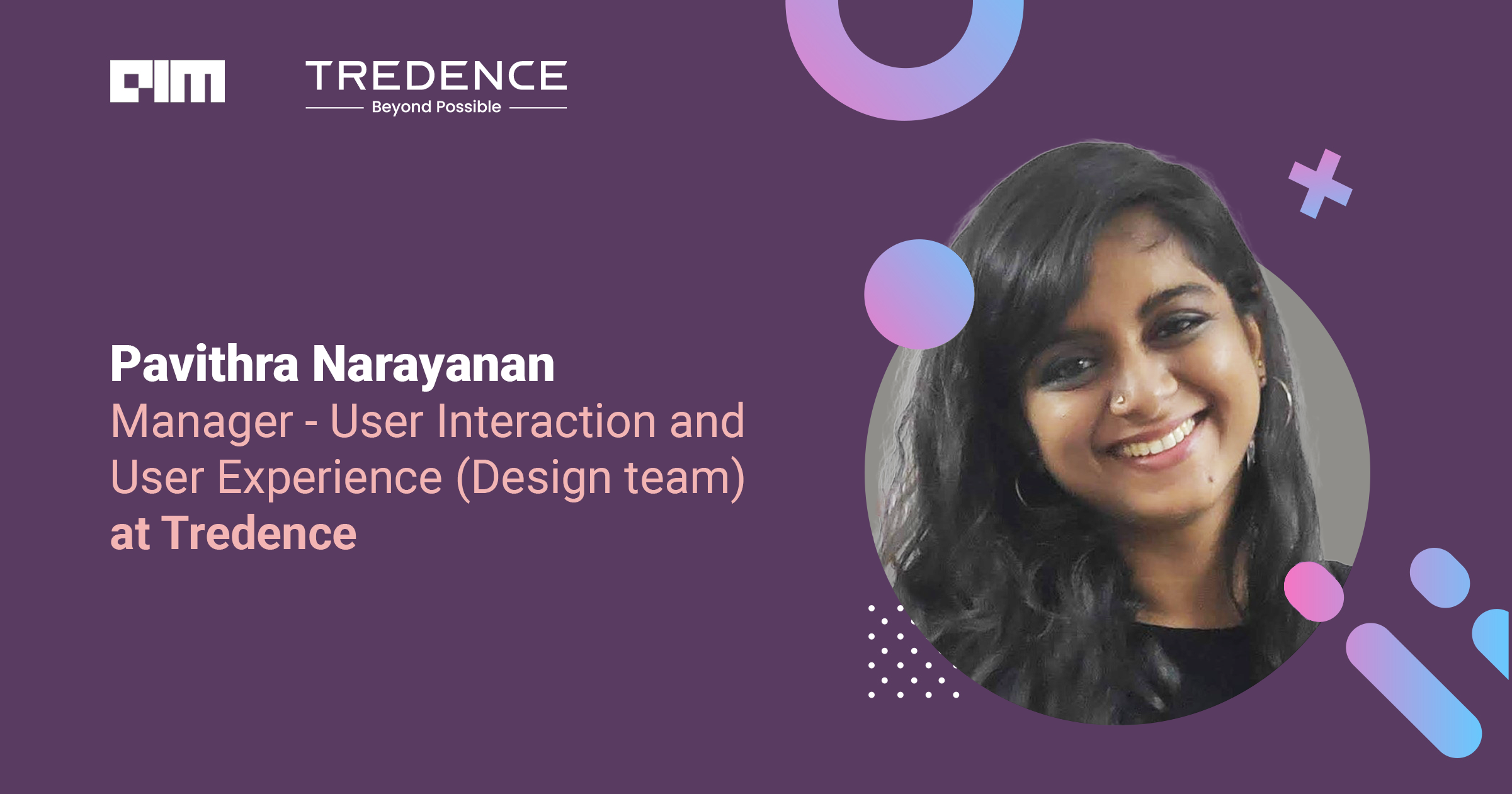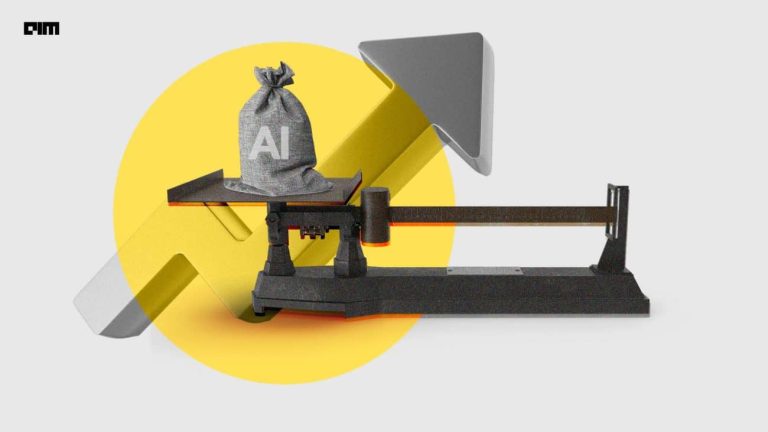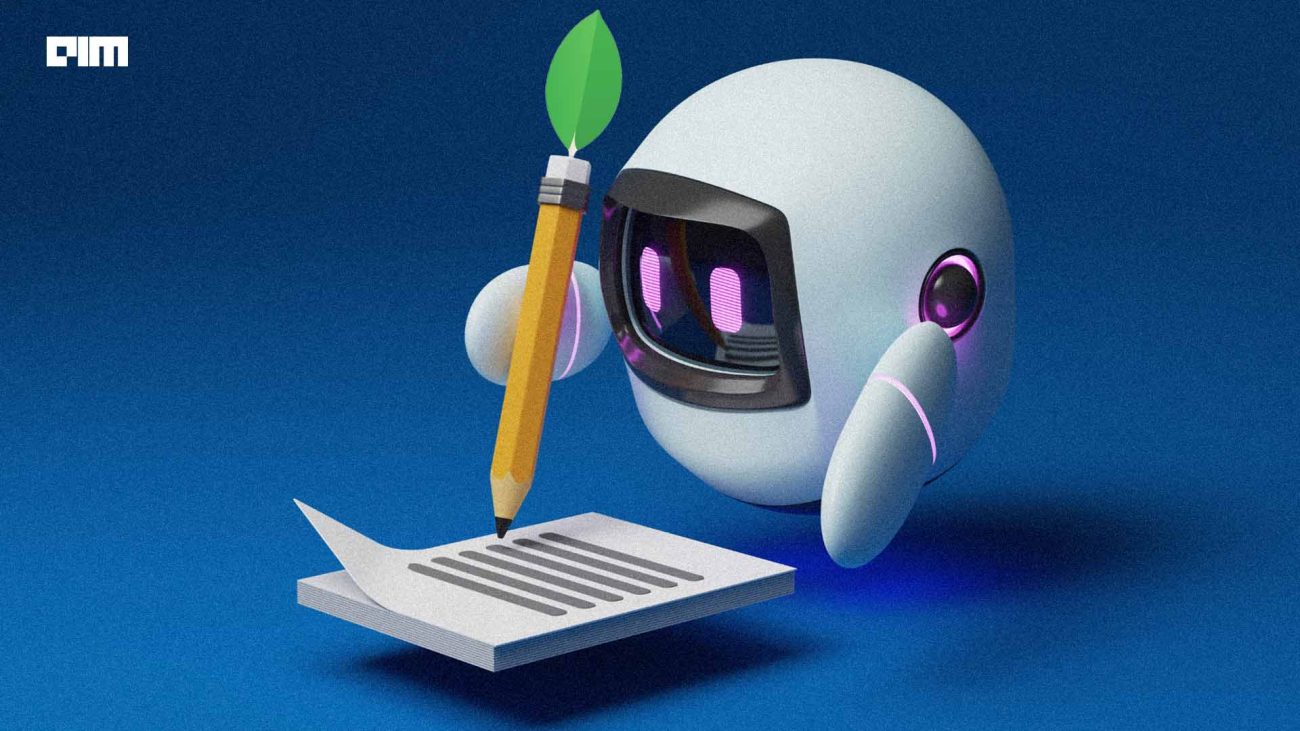|
Listen to this story
|
In today’s rapidly evolving technological landscape, AI has emerged as a crucial component in various industries, including retail, healthcare, and beyond. AI is no longer just a transformative force; it is now an integral part of business operations and even the creative sector. The future holds a tight integration between AI and design, where they work hand in hand to enhance user experiences across different platforms. AI in design is still in its early stages, but the concept of AI designers is gaining traction as a specialised area of expertise for designers.
To understand more about how AI can be integrated into design, specifically for UI/UX designers, AIM caught up with Pavithra Narayanan, Manager – User Interaction and User Experience team (Design team).
AIM: How do AI and design work together? How has the integration of AI technologies impacted the overall user experience in UI/UX design?
Pavithra: I believe AI has become an integral part of everything we do across different business areas. It’s no longer just about engineering, but also covering a wide range of aspects in various areas of business, including the creative sector. AI is now an integral part of our lives, and design alike. AI and machine learning and their intersection with design are still in their infancy stages. However, I do see AI design as an upcoming area of expertise for designers.
AI and design can integrate in multiple ways. For instance, designers can create designs for AI systems, algorithms, or applications powered by AI. Alternatively, AI can assist in designing tools themselves. Many design tools, like Figma, have recently embraced AI too, and the possibilities they provide are endless. Moreover, there is an aspect of incorporating human concepts into AI algorithms, making AI more relatable and human-like in terms of user experience. Therefore, there are different facets through which integration can occur, and it has the potential to evolve in the future.
AIM: In what ways can AI be leveraged to personalise the user experience in UI/UX design?
Pavithra: Personalisation occurs in multiple ways. Data is abundant in the current world, especially when dealing with various types of end users (business as end-user vs. direct consumers). Customer data is tracked by BtoB and BtoC companies through click stream, transaction information, performance review, surveys, third party data and so on. Data is available in plenty more than ever, and we now have access to tap into customer performance, behaviour and what not. AI helps us better understand this data, enabling us to develop improved user personas. This, in turn, guides our design process and user journey. Thus, AI empowers us to create better user-centred designs.
Another way AI benefits us is in our primary design tools like Figma and Miro. Any AI upgrade not only deals with data but also helps eliminate redundancy in the design process. For example, consider the user form process I mentioned earlier. AI can provide auto-suggestions, reducing the effort required by users to complete the form. In our case, the applications and tools we build are directly powered by AI. As designers, we invest considerable time in understanding the entire AI system, including how it communicates with users. For instance, the system may trigger an alert when a user generates a specific output or offer suggestions to improve the user’s report generation. Additionally, AI assists us in strategy management, providing marketers with qualified options. It covers various aspects of our design process for user-oriented apps powered by AI models in the backend.
AIM: What are some of the key challenges or considerations when implementing AI in UI/UX design?
Pavithra: There is innovation in the way data is inputted into systems. It’s no longer limited to just text or clicks — it can also involve voice commands, gestures, and more. When a system has access to a large amount of personal data, it raises privacy concerns. It is one of the fastest-growing threats, not only in terms of the increasing amount of data but also in how AI consumes and handles this data. As designers, our approach should involve understanding different data privacy implementation systems and collaborating with engineers to ensure they are integrated into the design prototypes from the beginning. Data privacy should never be overlooked. Engineers have a responsibility to protect the data being consumed, while designers should ensure it is presented in a user-friendly manner that aligns with the user’s flow and journey.
AIM: How do you ensure that AI algorithms are transparent, unbiased, and align with ethical standards while delivering an enhanced user experience?
Pavithra: AI and ML models are built on user inputs and are not capable of learning on their own like human brains. They require training data sets. Engineers need to put considerable effort into user research and diversity of use cases when creating these models to ensure there is no bias in them. This diversity should also be reflected in the design. If we design solely for a specific user group or enable an AI model to respond only in a certain way without thorough and diverse research, we risk building biassed systems. An example of this bias can be seen in facial recognition systems, as highlighted in the documentary ‘Coded Bias’. Many systems exhibit racial bias due to inadequate templates or a lack of proper monitoring and structure. Hence, we need to be cautious and ensure comprehensive research and ethical considerations when integrating design and AI.
Regarding the ethical aspect, let’s consider a scenario where I, as a designer, use tools like Figma or an AI-powered engine to generate wireframes. The question of ownership, creative authority, and credit becomes open-ended. While I encourage designers to embrace AI, they should be aware of its generic nature. It is essential to maintain the human aspect and empathy that are key in the design world. In the future, applications and content should not all look alike, so designers need to cross-reference AI with other sources and not take it for granted as their sole information source.
AIM: What are the many ways AI and Design intersect and what is in it for designers?
Let’s explore three ways in which design and AI interact. The first is “design with AI”, where AI assists in the design process. For example, there are AI-driven tools that automate wireframes based on input, allowing designers to kickstart their work.
Other tools help overcome creative blocks by generating a starting point for designers. These tools cater to user interaction, visual design, and graphics. Additionally, in fields like strategy, UX research, and user journey management, there is a growing trend of integrating design concepts into AI systems. This ensures that AI understands the desired responses through built-in user research, as seen in ChatGPT.
Lastly, designing for AI as a product involves the role of user interaction designers, who focus on how users interact with AI and the various touchpoints for communication. In summary, AI is becoming an integral part of the design world, and designers must adapt while maintaining their unique perspectives and expertise.



















































































